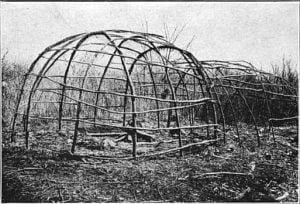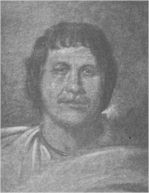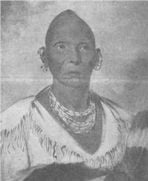Treaty of January 9, 1789
Articles of a Treaty Made at Fort Harmar, between Arthur St. Clair, Governor of the Territory of the United States North- West of the River Ohio, and Commissioner Plenipotentiary of the United States of America, for removing all Causes of Controversy, regulating Trade, and settling Boundaries, with the Indian Nations in the Northern Department, of the one Part; and the Sachems and Warriors of the Wiandot, Delaware, Ottawa, Chippewa, Pattawatima and Sac Nations, on the other Part. Article 1. Whereas the United States in Congress assembled, did, by their Commissioners George Rogers Clark, Richard Butler, and Arthur Lee, Esquires, duly … Read more




